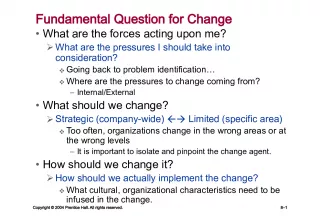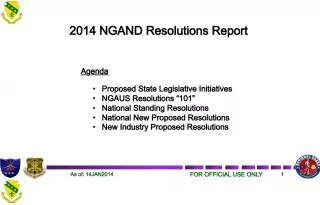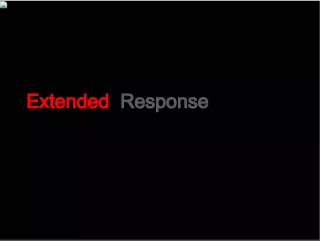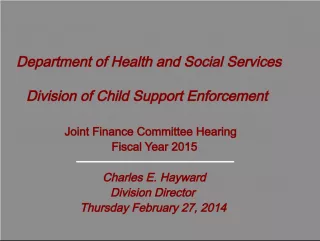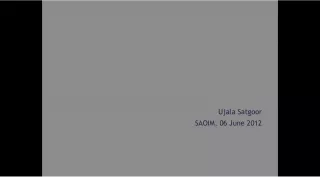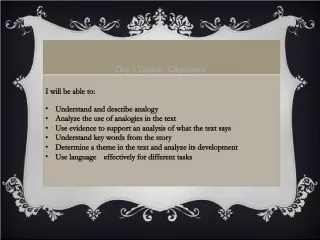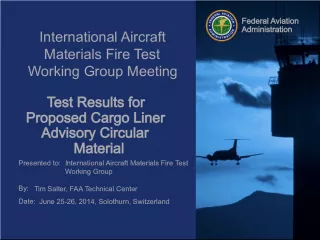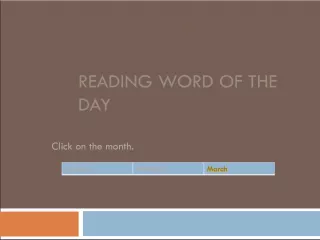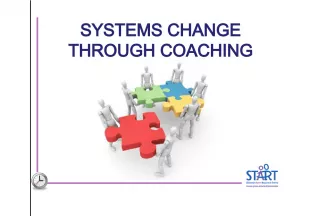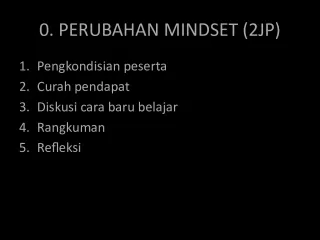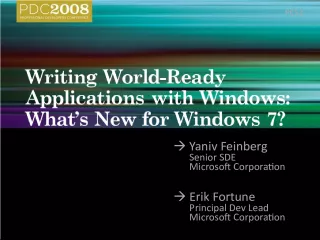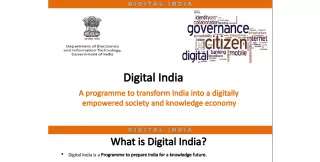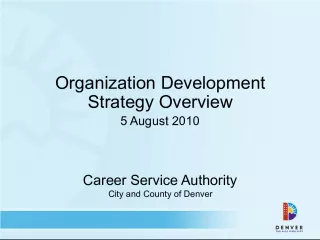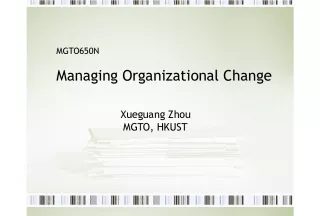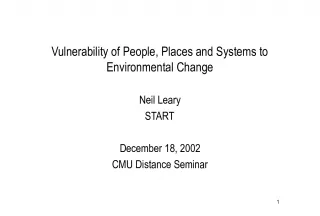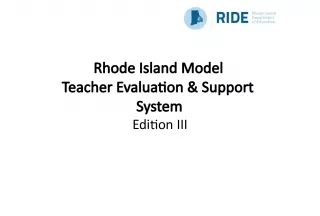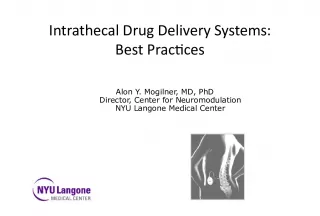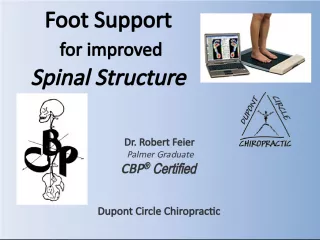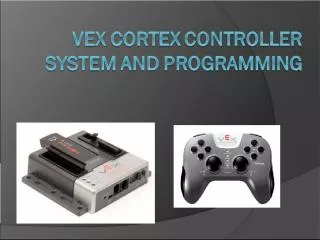Proposed Change to Text for MICS LP LDC Support


This document, titled "IEEE 15 11 0410 00 0006Submission May 2011," is a submission to the IEEE P802 15
- Uploaded on | 0 Views
-
 kenley
kenley
About Proposed Change to Text for MICS LP LDC Support
PowerPoint presentation about 'Proposed Change to Text for MICS LP LDC Support'. This presentation describes the topic on This document, titled "IEEE 15 11 0410 00 0006Submission May 2011," is a submission to the IEEE P802 15. The key topics included in this slideshow are . Download this presentation absolutely free.
Presentation Transcript
Slide1doc.: IEEE 15-11-0410-00-0006Submission May 2011 Paul Stadnik (Biotronik) et al. Slide 1 Project: IEEE P802.15 Working Group for Wireless Personal Area Networks (WPANs) Project: IEEE P802.15 Working Group for Wireless Personal Area Networks (WPANs) Submission Title: Proposed change to text for MICS LP-LDC support Date Submitted: 11 May, 2011 Source: Paul Stadnik, Biotronik, Mark Dawkins and Okundu Omeni, Toumaz Ltd and Anuj Batra and Jin-Meng Ho, Texas Instruments Re: Address implementation of MICS band LP-LDC mode for implants. Abstract: This document presents and justifies proposed changes to text to support MICS band LP-LDC mode for implants, in clause 9 and clause 7. Purpose: For discussion by IEEE 802.15 TG6 Notice: This document has been prepared to assist the IEEE P802.15. It is offered as a basis for discussion and is not binding on the contributing individual(s) or organization(s). The material in this document is subject to change in form and content after further study. The contributor(s) reserve(s) the right to add, amend or withdraw material contained herein. Release: The contributor acknowledges and accepts that this contribution becomes the property of IEEE and may be made publicly available by P802.15.
Slide2doc.: IEEE 15-11-0410-00-0006Submission May 2011 Paul Stadnik (Biotronik) et al. Slide 2 Background to proposed change • Low Power – Low Duty Cycle (LP-LDC) channel access – The (worldwide) standards for the MICS band have four access methods: two for hub-initiated transmissions and two for node-initiated transmissions. – Hub initiated transmissions include: • Listen before transmit (LBT) where the hub selects a channel below a threshold. • Least interfered channel (LIC) where the hub scans all channels, selecting the channel with the lowest power . – Node initiated transmissions include: • Medical implant event, where the node can transmit "emergency" messages at any time. Note that both ETSI and FCC have strict definitions of what constitutes such an "emergency". • Low Power - Low Duty Cycle (LP-LDC) where the node can transmit at any time (without LBT). This access is limited in power (-40dBm EIRP), duty cycle (360 ms within any hour) and frequency (MICS center channel only). An implant is further limited to at most 10 transmissions within 1 hour. Furthermore, only an implant can use this method. – Applications of this last method include a node-initiated transmission (no preceding hub transmission). Upon reception the hub can perform LBT or LIC and acknowledge (perhaps on another channel) and a longer MICS session can ensue.
Slide3doc.: IEEE 15-11-0410-00-0006Submission May 2011 Paul Stadnik (Biotronik) et al. Slide 3 Justification for proposed change – The LP-LDC channel access method is codified in FCC 47CFR 95.628 (b)(4) and in ETSI EN 301 839-1 v1.2.1 Section 8.6. This method is legal in the US, Europe, Canada, Japan and other countries.
Slide4doc.: IEEE 15-11-0410-00-0006Submission May 2011 Paul Stadnik (Biotronik) et al. Slide 4 Proposed change to clause 9 • Recommended change to section 9.9.2 – Existing text: • “ A transmitter shall be capable of transmitting at least –10 dBm EIRP in all frequency bands, except for 402 – 405 MHz, where a transmitter shall be capable of transmitting at most –16 dBm EIRP. Devices should transmit lower power when possible in order to reduce interference to other devices and systems. The maximum transmit power is limited by local regulatory bodies.” – Proposed Text: “When operating in a Low Power Low Duty Cycle (LP-LDC) mode, as defined in applicable regulations including clause 8.6 of ETSI EN 301 839-1, on a center frequency of 403.65 MHz (channel 6), a transmitter shall be capable of transmitting at most -40 dBm EIRP. When operating in a non-LP-LDC mode in the 402 – 405 MHz frequency band, a transmitter shall be capable of transmitting at most -16 dBm EIRP. When operating in all other frequency bands, a transmitter shall be capable of transmitting at least -10 dBm EIRP. The maximum transmit power is limited by local regulatory bodies.”
Slide5doc.: IEEE 15-11-0410-00-0006Submission May 2011 Paul Stadnik (Biotronik) et al. Slide 5 Proposed change to clause 7 • Recommended new sub-clause 7.9.4 – Proposed Text: • “7.9.4 Low-power low-duty-cycle (LP-LDC) transmission A node may initiate a frame transaction with a hub at any time on a channel, and with a duty cycle, as specified in applicable regulations including clause 8.6 of ETSI EN 301 839-1.” • Recommended change to resolution of S7-008 – Modify the new text as given in the existing resolution to be: • "The hub may choose a new channel only when required by, and in compliance with, applicable regulations including clause 10 or clause 8.6 of ETSI EN 301 839-1. An implant shall communicate as a node with a hub, in compliance with applicable regulations including clause 10 or clause 8.6 of ETSI EN 301 839- 1."
